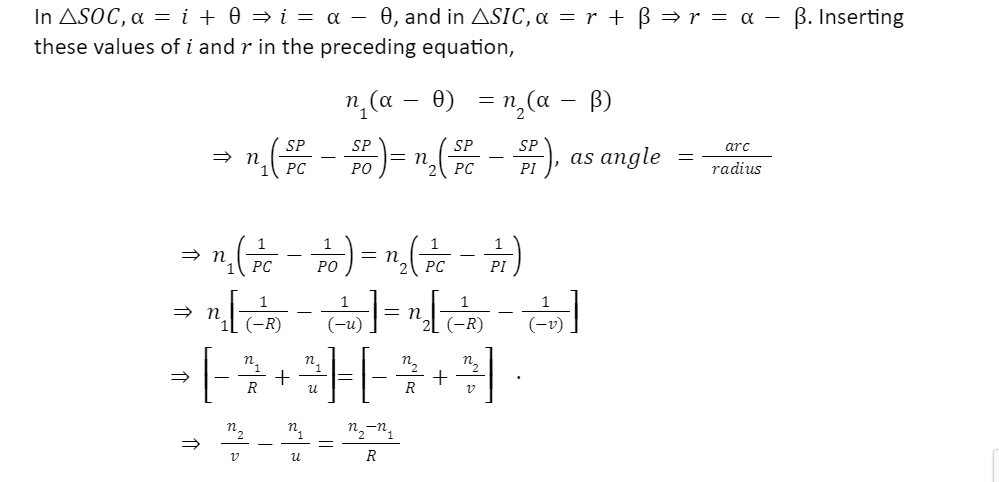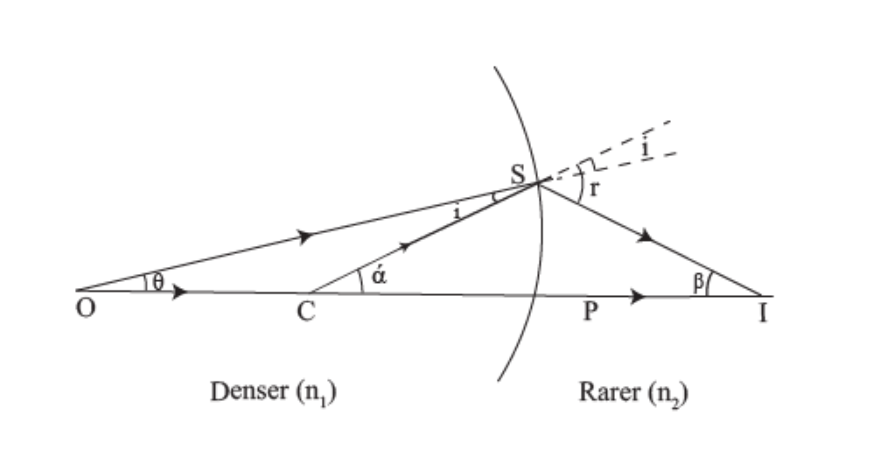We know that light is a kind of energy that may experience a variety of phenomena such as reflection, refraction, reflection, interference and diffraction. When we learn the rules of reflection, forms of reflection, examples, distinctions, and total internal reflection, we can understand reflection. The process of redirecting light rays that fall on a polished surface is known as the reflection of light. When the beam of the sunshine collides with a plane, it tends to change its path so that the ray returns to the medium from which it originated. Reflected light from the mirror or a still body of water could be a common example of reflection. However, it also impacts other kinds of waves such as sound, water, seismic waves, and particles that can be reflected.
Light reflection
The rear-view mirror allows the motive force to visualise what’s occurring behind when experimented by an individual. The thing under the microscope is illuminated by a mirror during a microscope. A large parabolic reflector is employed in an astronomical reflector to gather faint light from distant stars. The image is reflected to the eyepiece by a plane mirror. There are two forms of light reflection:
1- Regular reflection
2- Irregular reflection
- Regular reflection, also referred to as specular reflection, happens when a lightweight beam hits every day on a polished and smooth flat surface. When light rays strike a cultured flat surface like a plane mirror, a chrome steel sheet, or a skinny sheet of aluminium, regular reflection occurs, and therefore, the reflected light rays go only in one direction.
- Irregular reflection, also referred to as diffuse reflection, happens when a beam of light collides with a rough surface and reflects light in multiple directions. Reflection from the bottom, buildings, trees, and suspended particles within the air, as an example, is irregular reflection. It aids general illumination and allows us to determine what’s around us.
Laws of reflection
The following are the laws of reflection –
- The angle of the reflected ray is equal to the angle of the incident ray which extends to the normal to the surface, i.e., to a line perpendicular to the surface at the point of connection, according to the law of reflection.
- The reflected ray is always in the plane formed by the incident ray and normal to the surface at the point where the incident ray makes contact with the surface.
The light waves’ behaviour as they impact a surface is described by the law of reflection. Take a look at a mirror. Incident ray refers to the light wave that travels towards the surface. The reflected ray refers to the light wave that returns back after contacting the surface.
The law of reflection formula is given as θi = θr.
Where,
- θi is the angle of incidence and
- θr is the angle of reflection
Reflection of plane wave
The process through which a light wave meets an item and tends to return back is known as wave reflection. Not just light waves, but also infrared waves, sound waves, and radio waves go through this process. When light hits a smooth, clean surface, light rays return at similar angles. Specular Reflection is the name for this sort of reflection. Specular reflection is the light that reflects back from a mirror’s surface. When light rays strike an uneven surface, they bounce back at varied angles. Diffuse Reflection is the term for this.
Dispersion and internal reflection of sunshine through raindrops
When white light from the sun undergoes dispersion and internal reflection in the spherical water droplets present in the atmosphere, a rainbow is formed. The different colours of the rainbow are formed because of the refraction of light through different angles, followed by reflection off the back of the drop, and then refraction from the point of emergence from the drop.
Conclusion
The process of returning light rays that fall on a glossy surface is known as a reflection of light. The first law of reflection states that the angle of reflection and the angle of incidence are equal to each other in all circumstances. The second law of reflection states that the incident rays, reflected rays, and normal rays all fall in the very same plane.
Hence, when light reaches the surface between two transparent media of different capacities, the angle of incidence and angle of reflection on a selected reflecting surface is the same.

At point O, a point object is placed on the principal axis of the concave surface.
The ray OS, incident at the point S of the concave surface, travels along SR after refraction. As n2>n1, the refracted ray bends towards the normal CSN. Another ray OP, incident normally on the concave surface, is undeviated. The two refracted rays do not intersect in reality but appear to meet at point I in Medium 1.
Thus, I is the virtual image of the object placed at O.
In Figure,i=∠OSC,r=∠NSR=∠ISC,
PO= object distance =-u,
PI= image distance =-v
and radius of curvature =PC=-R.
Let SCP=,∠SIP= and SOP=. Snell’s law is applied at the point of refraction S,
n1sini=n2sinr.
For paraxial rays or small aperture, i and r will be small. Hence, sinii and sinrr. Making this assumption, we can write as
n1i=n2r.

If Medium 1 be air n1=1 and Medium 2 has a refractive index n2=n, then we can write the above Equation as
n/v – 1/u = n-1 / R.
When an object is placed in the denser medium, the image of the object is formed by a concave surface dividing the two mediums. This is shown in the Figure below.

Refraction at a convex surface:
When light refracts on a convex surface, it creates a real or virtual image. We will discuss the two cases separately.
When the image is virtual: Consider a convex surface AB separating two media of refractive indices. When n2n2>n1, as shown in Figure.
P is pole, and C is the centre of curvature of the convex surface.

At the point 0, point objects are placed on the principal axis of the curved surface. The ray OS, incident at the point S on the convex surface, travels along ST after refraction.
As n2>n1, the refracted ray bends towards the Normal CSN.
Another ray OP incident, normally on the convex surface, is undeviated.
The two refracted rays do not intersect in reality but appear to meet at point I.
Thus, I is the image of the object placed at O.
OSN=i,∠CST= NSI =r
PO=-u,PI=-v ,PC=+R.
Let SCP=,∠SIP= and SOP=.
Applying Snell’s law at the point of refraction, n1sini=n2sinr.
For paraxial rays, i and r will be small. Hence, sini=i and sinr=r. Making this substitution in Equation n1sini=n2sinr.


When the image is real: Consider a convex surface AB separating two media of refractive indices n1 and n2 (n2>n1), as shown in Figure.
Let P be the pole and C be the centre of curvature of the convex surface. Let a point object be placed at point O on the principal axis of the convex surface. The ray OS, incident at S, goes along SI after refraction at S. As n2>n1, the refracted ray bends towards the normal CSN. Another ray OP, undeviated. The two refracted rays intersect at I in Medium 2 . Thus, I is the real image of the object placed at O.




Lateral magnification:
Consider an extended object AO placed in Medium 1 (refractive index n1 ) facing a convex spherical surface MPN of Medium 2 (refractive index n2 ). Rays originating from A and O directed towards centre C will travel undeviated into Medium 2. Let the image formed be BI, as shown in Figure.

Its position may be located by using Equation


Thus,
Hence,

Conclusion
With this, we come to the end of the topic of Refraction at Spherical Surfaces and by Lens. Refraction is the bending of light (it also happens with sound, water and other waves) because it passes from one item into another. We hope the topic is clear to everyone.
 Profile
Profile Settings
Settings Refer your friends
Refer your friends Sign out
Sign out






